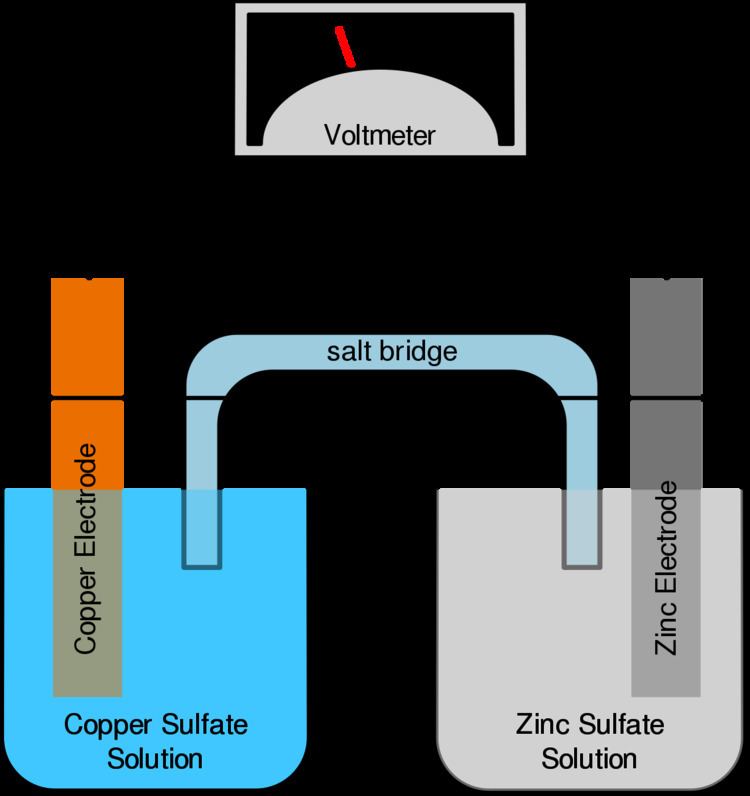 | ||
A potassium-ion battery is a type of battery and analogue to lithium-ion batteries, using potassium ions for charge transfer instead of lithium ions. It was introduced by the Iranian/American chemist Ali Eftekhari (President of the American Nano Society). The device used a potassium compound Prussian blue as the cathode material for its high electrochemical stability. The prototype was successfully used for more than 500 cycles.
The potassium battery has certain advantages over similar lithium batteries (e.g., lithium-ion batteries): the cell design is simple and both the material and the fabrication procedure are cheaper. The prototype employed a KBF
4 electrolyte though almost all common electrolyte salts can be used. The chemical diffusion coefficient of K+
in the cell is higher than that of Li+
in lithium batteries, due to a smaller Stokes radius of solvated K+
. Since the electrochemical potential of K+
is identical to that of Li+
, the cell potential is similar to that of lithium-ion. Potassium batteries can accept a wide range of cathode materials which can offer rechargeability lower cost. One noticeable advantage is the availability of potassium graphite, which is used as an anode material in some lithium-ion batteries. Its stable structure guarantees a reversible intercalation/de-intercalation of potassium ions under charge/discharge.
In 2005, a potassium battery that uses molten electrolyte of KPF
6 was patented. In 2007, Chinese company Starsway Electronics marketed the first potassium battery-powered portable media player as a high-energy device.
Potassium batteries have been proposed for large-scale energy storage given its exceptional cycleability.
Researchers demonstrated a potassium-air (K−O2) battery with low overpotential. Its charge/discharge potential gap of about 50 mV is the lowest reported value in metal−air batteries. This provide round-trip energy efficiency of >95%. In comparison, Li-O2 batteries have a much higher overpotential of 1–1.5 V, which results in 60% round-trip efficiency.
